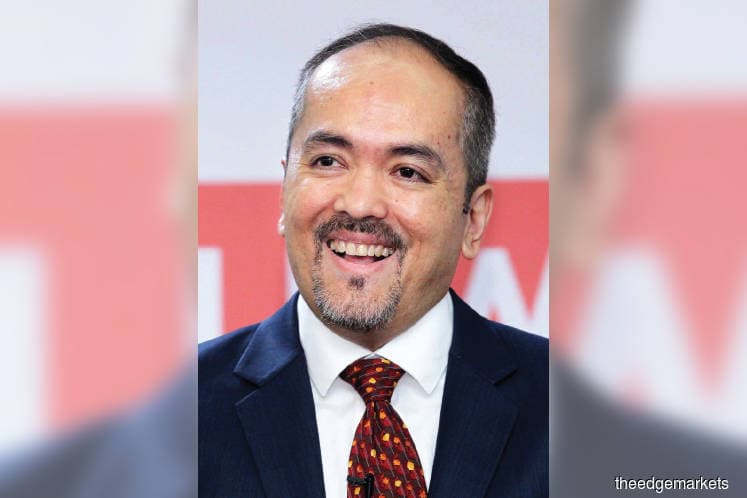
This article first appeared in The Edge Financial Daily on February 19, 2019
KUALA LUMPUR: The Employees Provident Fund (EPF) said its high payouts for 2018 is not due to the implementation of the Malaysian Financial Reporting Standards 9 (MFRS 9).
The fund announced payouts of 6.15% for conventional savings and 5.9% for syariah savings, despite a rather subdued global market performance in 2018, with the FBM KLCI declining 5% over the year.
EPF chief executive officer (CEO) Tunku Alizakri Alias said the MFRS 9, taking effect on Jan 1, 2018, does not have an impact on the dividends announced for the year.
Under the new standard, capital gains on disposal of equity amounting to RM18.21 billion for 2018 will flow directly to retained earnings under the balance sheet instead of the income statement as under the previous MFRS 139. Alizakri also said the EPF will no longer recognise any impairment on its listed equity holdings.
The 2018 dividends are lower than the 6.9% and 6.4% payouts for conventional and syariah savings respectively in 2017, in line with a 4.25% decline in the fund’s investment income to RM50.88 billion in 2018, amid negative global developments during the year.
Alizakri said some of the key events that caused uncertainties in the markets include the US-China trade war, a plunge in crude oil prices, the Brexit vote, as well as interest rate hikes and the midterm election in the US. In Malaysia, the 14th general election gave rise to uncertainties following the change in government.
Bloodbath began in 4Q
“In terms of quarter-to-quarter performance, the first three quarters of the year were actually not too bad. The bloodbath began in the fourth quarter (4Q),” said Alizakri.
In 4Q, the fund saw a gross investment income of RM10.99 billion, lower than RM12.88 billion, RM12.39 billion and RM14.61 billion in 1Q, 2Q and 3Q respectively. “However, that is still quite an achievement considering how bad things were at the end of the fourth quarter,” he added.
He said the losses, not limited to the Malaysian market, were a global phenomenon instead, pointing to headlines concerning pension funds in Japan, Canada, the US and the UK recording significant losses for the year.
Equities were the largest driver of its gross investment income for the year, accounting for 58% or RM29.28 billion of its investment income, followed by fixed income (36%), real estate and infrastructure (4%) and money market (2%).
In terms of key operational statistics, the EPF saw total registered employers growing 2.46% to 507,114; total members rising 2.9% to 14.19 milllion; and total active members increasing 3.52% to 7.36 million. Member contributions grew 9.08% to RM71.47 billion, while the amount of withdrawals fell 2.63% to RM48.1 billion.
‘Uncertainty will be the new certainty’
Alizakri said the uncertain conditions remain in 2019 amid several developments that may impact the global economy, adding the general cloudy outlook will be the new normal going forward.
“2019 can be summarised as the year where uncertainty will be the new certainty. For example, there was much talk about the upward trend in the US interest rates last year and look what happened — the US has suddenly taken a very dovish stance,” he said. “Uncertainty will be the new norm for now.”
Alizakri pointed to several events globally that will still contribute to the uncertain environment, such as the end of tax cuts in the US which could slow growth, the introduction of fiscal and monetary stimulus to combat a growth slowdown in China, as well as a weakening production and Brexit risks in Europe and the UK.
Also, Japan is seeing mounting fiscal concerns, Latin America remains exposed to the slowdown in China and commodity prices, while oil prices remain weak.
“The possible bright spot may actually be right in our backyard. Asean is still seen as an emerging market, but at the same time also provides a relatively safer haven for money.”
He added that the EPF will not be too adventurous this year due to the uncertainties, with the fund sticking to safer investments. “Infrastructure and buildings are still relatively safe. In view of the uncertainties in 2019, this is possibly not the time for us to be too adventurous, so let’s stick to what we know.”
Meanwhile, he said the fund’s strategic asset allocation is reviewed every three years and is due for a review this year, although it will only be effective in 2020.